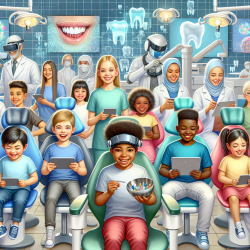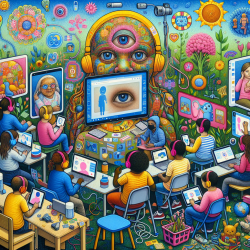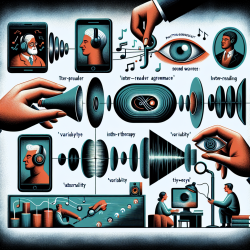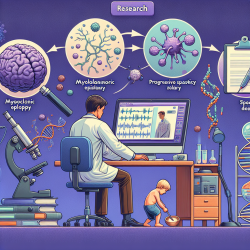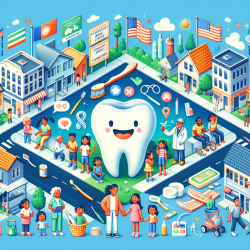Revolutionize Your Pediatric Dental Practice with Digital Health Technologies!
In today’s fast-paced world, the integration of digital health technologies into pediatric dentistry is more crucial than ever. According to a recent bibliometric analysis titled Digital Health in Children’s Oral and Dental Health: An Overview and a Bibliometric Analysis, the use of these technologies has seen a significant rise since 2005. This study highlights the trends, benefits, and gaps in the current literature, providing invaluable insights for practitioners.
Why Digital Health Technologies Matter
Digital health technologies can broadly increase access to oral health solutions, making them easier to use and more accessible at all levels of care. Here are some key findings from the study:
- Increased Access: Technologies such as teledentistry and mobile applications can make dental care more accessible, especially in rural and underserved areas.
- Cost-Effectiveness: Digital health solutions can reduce the cost of dental care by minimizing the need for physical visits.
- Enhanced Patient Experience: Virtual reality and gamification can reduce dental anxiety and make dental care more engaging for children.
Key Technologies to Implement
The study identifies several digital technologies that have been effectively used in pediatric dentistry:
- Teledentistry: Useful for consultations, follow-ups, and patient education. It has been shown to reduce unnecessary face-to-face appointments and waiting lists.
- Mobile Applications: Apps can be used for oral health education and monitoring, significantly improving parents' and children's oral health practices.
- Virtual Reality (VR): VR can be used for pain management and to make dental procedures less intimidating for children.
Areas for Further Research
While the study highlights the benefits of existing technologies, it also identifies gaps that need to be addressed:
- Internet of Things (IoT): There is a lack of research on the application of IoT in pediatric dentistry.
- Artificial Intelligence (AI): More studies are needed to explore how AI can be integrated into dental diagnostics and treatment planning.
- Gamification: The potential of gamified applications for improving oral health behaviors in children remains underexplored.
Practical Steps for Implementation
For practitioners looking to integrate digital health technologies into their practice, here are some practical steps:
- Start Small: Begin with simple technologies like mobile apps for patient education and gradually integrate more advanced solutions like VR and AI.
- Training: Ensure that your staff is well-trained in using these technologies to provide the best care possible.
- Collaboration: Work with technology providers and researchers to stay updated on the latest advancements and best practices.
By embracing digital health technologies, practitioners can not only improve the quality of care but also make dental visits a more positive experience for children and their families.
To read the original research paper, please follow this link: Digital Health in Children’s Oral and Dental Health: An Overview and a Bibliometric Analysis.
